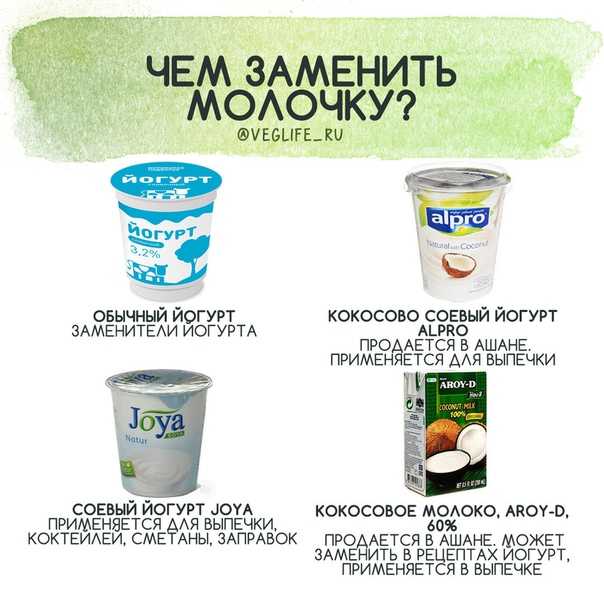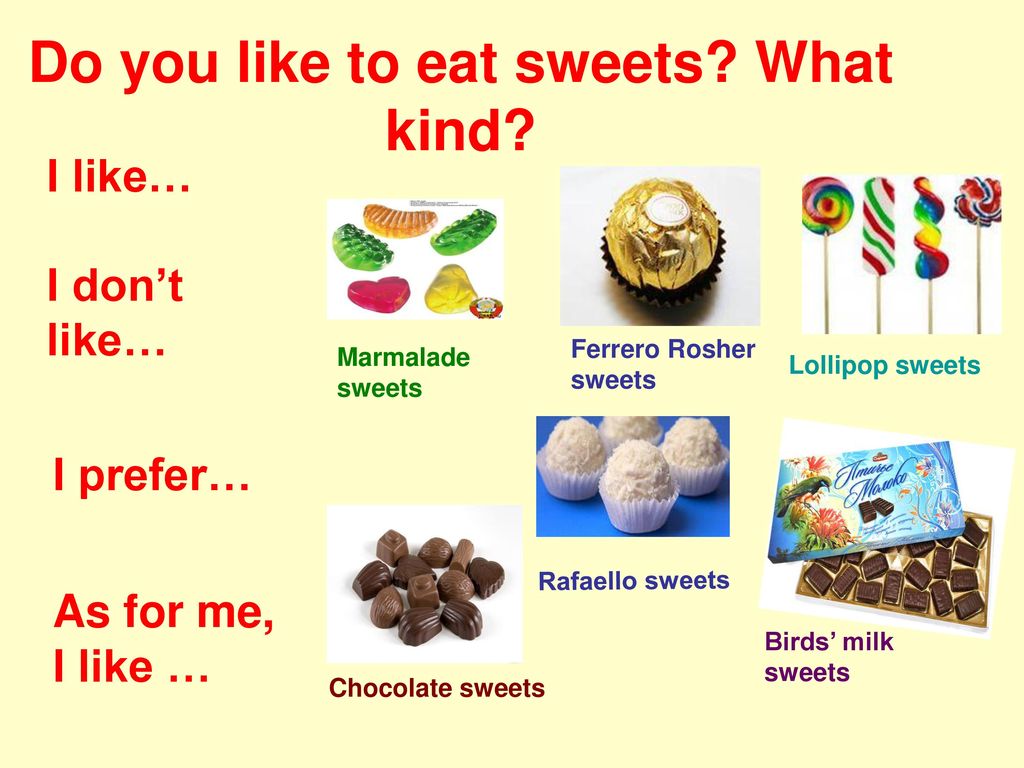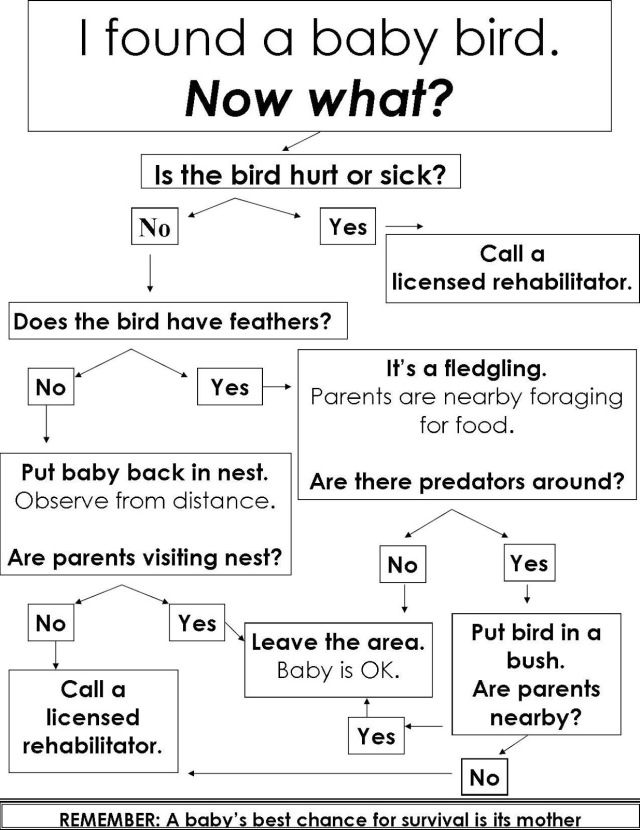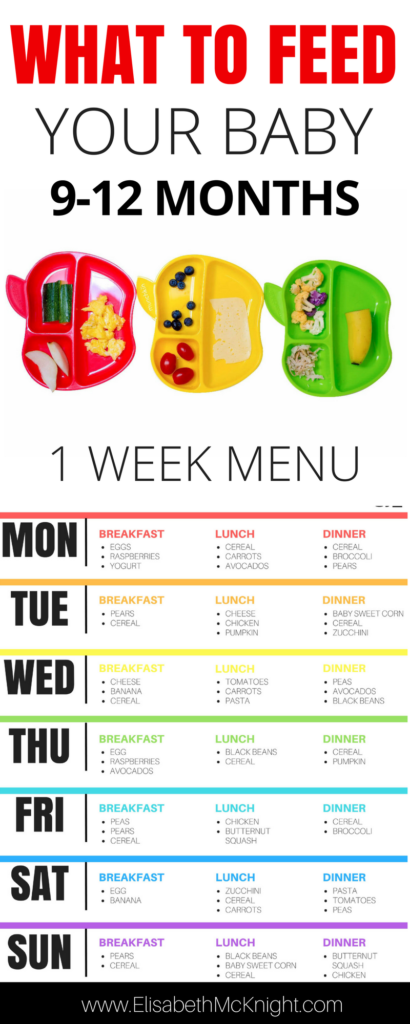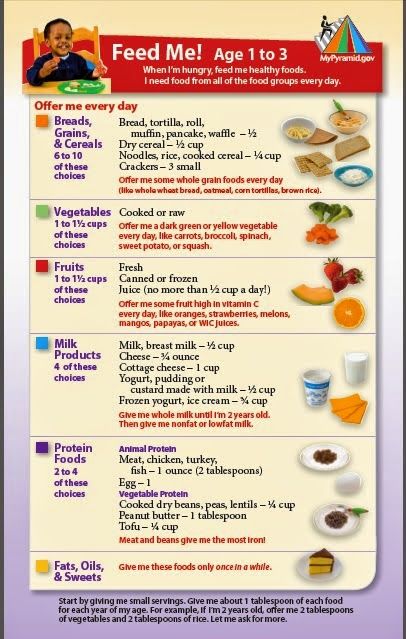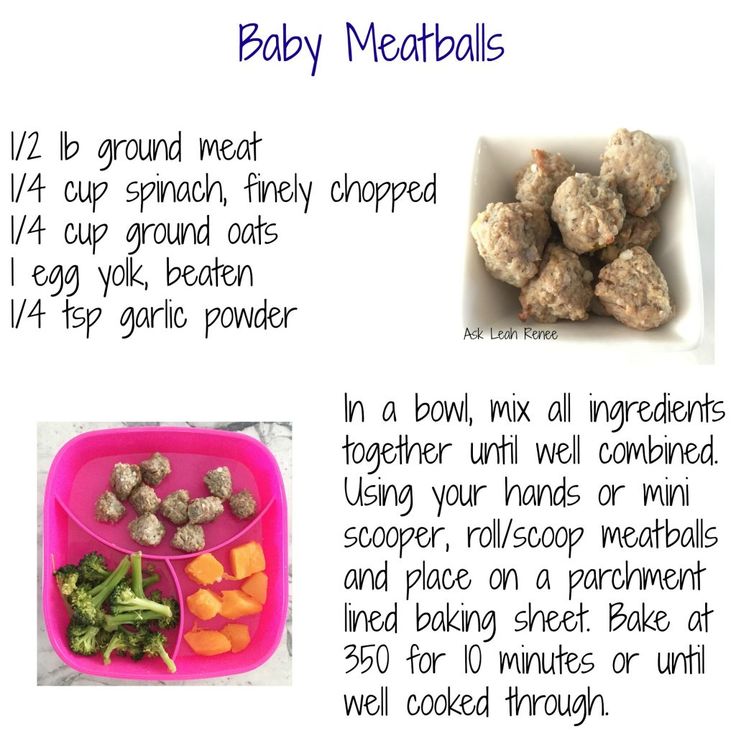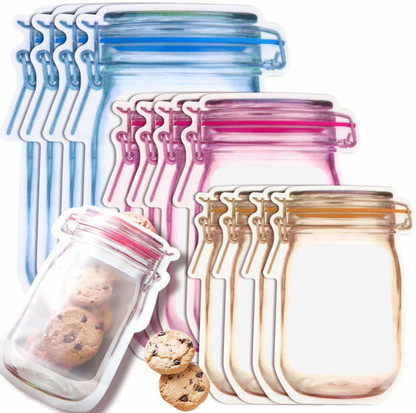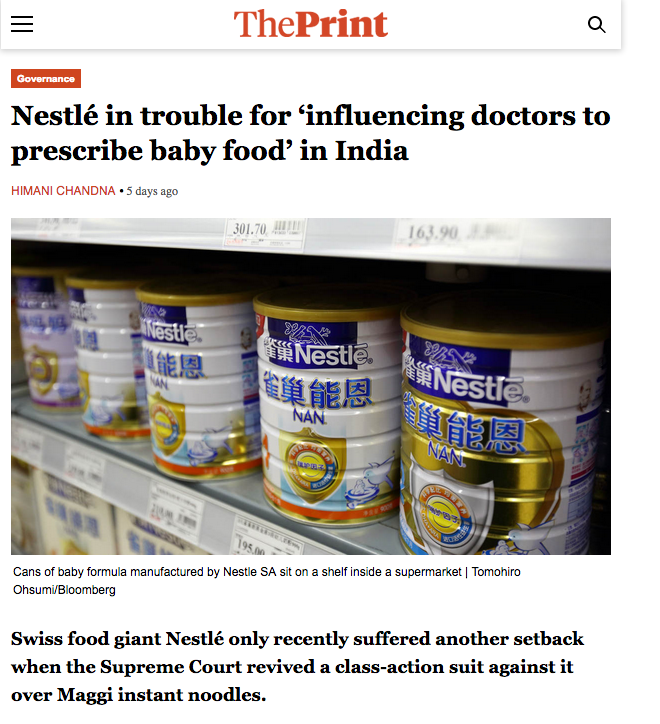What to feed your baby chicks
What Do Baby Chicks Eat? Complete Guide to Feeding Baby Chickens
Raising chicks is a wonderful experience. Little chicks are cute balls of fluff and they are adorable to watch. And fortunately, feeding baby chicks is easy if you follow our simple guide.
Whether you incubated eggs, purchased day-old chicks or set eggs under a mother hen, our 10 essential tips will ensure your chicks have all of the nutrients that they need to grow and thrive.
1. Baby chicks don’t need to eat straight away
Chicks don’t need feed and water until about 24 hours after hatching.
Baby chickens are precocial – this means that they are born with feathers and are able to walk within a few hours of hatching. In the egg, chicks absorb the egg yolk which provides them with nutrients for 24-72 hours. This is the reason why day-old chicks can be shipped from hatcheries.
Because newly-hatched chicks have recently absorbed the egg yolk, they do not need to eat or drink for at least 24 hours.
If you are incubating eggs, the chicks should stay in the incubator until they are completely dry. Once the chicks are removed to the brooder, you should provide feed and water. If you set eggs under a hen, she will show her chicks the food when it is time for them to eat.
2. Chicks are not born knowing how to eat or drink
Although chicks are able to walk soon after hatching, they are not born knowing how to eat or drink. In the wild, their mother would show them. If you are raising the chicks yourself, you need to show them how to eat and drink.
Until they learn what food is, the answer to ‘What do baby chicks eat?’ is everything. That includes brooder bedding, which is why a plain floor surface such as newspaper should be used for the first few days. Never put any non-food item in the brooder that your new chicks could eat.
New chicks will peck at anything that looks like food, from newsprint to your fingers.
How to teach your baby chicks to eat:
Scatter feed over the brooder floor and tap the feed with your fingernail to call the chicks over and encourage them to peck.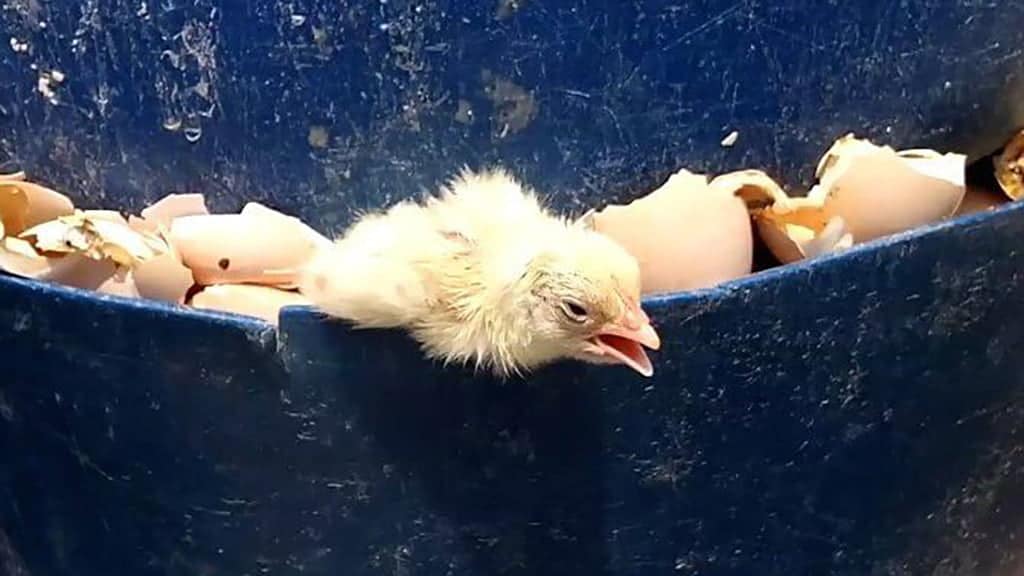 This is similar to what a mother hen will do to show her chicks where food is.
This is similar to what a mother hen will do to show her chicks where food is.
Once your chicks are eating consistently, move the feed to a dedicated feeder in order to limit contamination with faeces and prevent disease. Contaminated feed should always be removed.
How to teach your chicks to drink:Gently dip the tip of their beak into the waterer. Do this for each chick individually. Once one chick gets the idea, others will follow. However, you may need to repeat the process several times before your chicks learn to drink alone.
Watch your chicks carefully for the first few days. Even once most of the chicks have gotten the hang of eating and drinking, there may be one or two that require further instruction.
3. Choosing the best chick feed
Feed for baby chicks is called a chick starter. Usually chick starters come as a crumble, which is a smaller size than adult chicken feed. Crumbles are better for little beaks!
A chick starter is designed to provide everything that chicks need to thrive and grow. Premium chick starters like Country Heritage and Laucke Mills have been designed by poultry nutritionists to provide a complete and balanced diet.
Premium chick starters like Country Heritage and Laucke Mills have been designed by poultry nutritionists to provide a complete and balanced diet.
Choosing a top-quality chick feed will ensure your little chicks grow into healthy, productive hens. You should give your chicks unlimited access to their chick starter during the day.
Dine a Chook recommends:
4. Medicated versus unmedicated chick starter
Chick starters can be medicated or unmedicated. It is important to choose the right option for your chicks.
The term “medicated” refers to a coccidiostat, which is a medication that helps prevent coccidiosis. Coccidiosis is a common chicken disease caused by the coccidia parasite. Coccidia are found everywhere, and all chickens carry them. A healthy adult bird can cope with coccidia infection, but coccidiosis in chicks is often fatal. Chicks need to build up their immunity and a coccidiostat helps them do just that.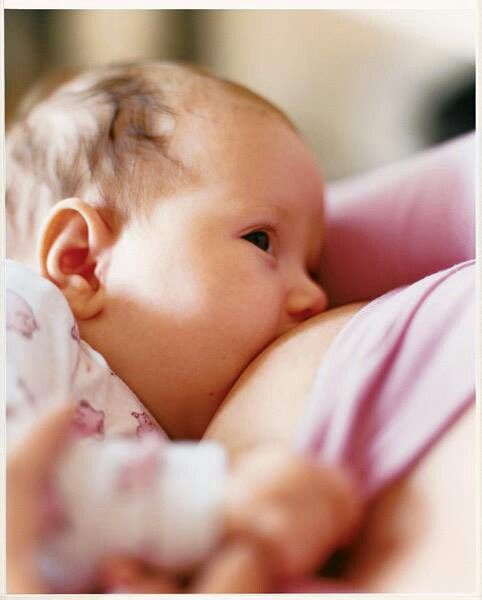
Medicated chick feed
- Contains a low-dose coccidiostat such as amprolium
- Should never be fed to chicks that have been vaccinated against coccidiosis, as the medication and vaccine cancel each other out
- Should never be fed to adult laying hens where you are consuming the eggs
Unmedicated chick feed
- Does not contain a coccidiostat
- Is suitable for chicks that have been vaccinated for coccidiosis
- Leaves chicks more vulnerable to coccidiosis
- May be more suitable if adult laying hens are able to steal the chicks’ feed
5. The dangers of homemade feed
Some websites suggest that you can safely feed chicks on a range of scraps and grain, or that you should make your own chick starter.
Making your own chicken feed for baby chicks is dangerous because:
- Nutritional deficiencies can cause illness and death
- Chicks are extra-vulnerable to nutritional deficiencies
- Without a complete and balanced diet, chicks will fail to thrive and grow
- A poor diet as a chick affects the health and productivity of a chicken for its whole life
- The protein, energy, carbohydrate, vitamin and mineral content of all feed components must be carefully balanced to create a complete diet, which is hard to do on a home-scale
Chick starters are developed by qualified poultry nutritionists and carefully balanced to ensure they contain absolutely everything your chicks need to thrive.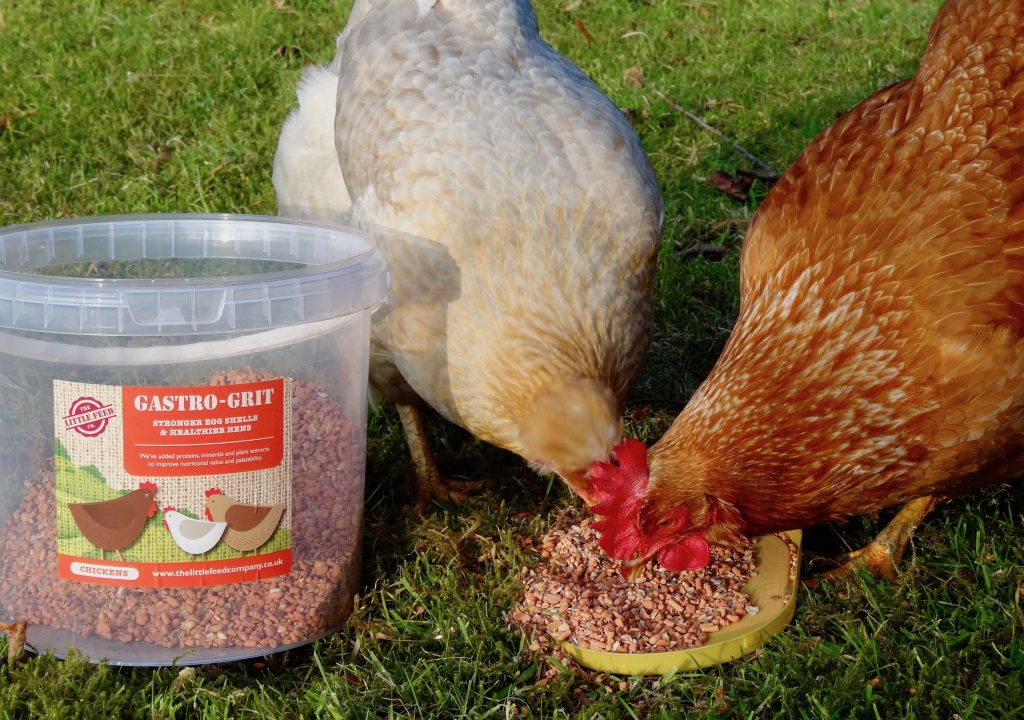 We would never recommend making homemade feed for baby chicks.
We would never recommend making homemade feed for baby chicks.
6. Baby chicks and water: hazard-reduction
After the first 24 hours, baby chicks need free access to fresh water at all times.
However, water can be dangerous for new chicks because:
- They can drown, even in very shallow dishes
- Chicks cannot regulate their body temperature and can die if they get wet and cold
- A damp brooder (e.g. spillage) helps spread disease and can cause respiratory illness
- Contaminated water (from faeces) spreads coccidiosis and other diseases
Protect your chicks by using a waterer with a drinking cup or nipple outlet. Drinking cups and nipples:
- Reduce spillage
- Prevent contamination with faeces
- Stop chicks from standing in the water
- Prevent drowning
Chicks can use a drinking cup or nipple outlet from day one. The Dine a Chook 2L Drinker is a great option for brooders due to the small size.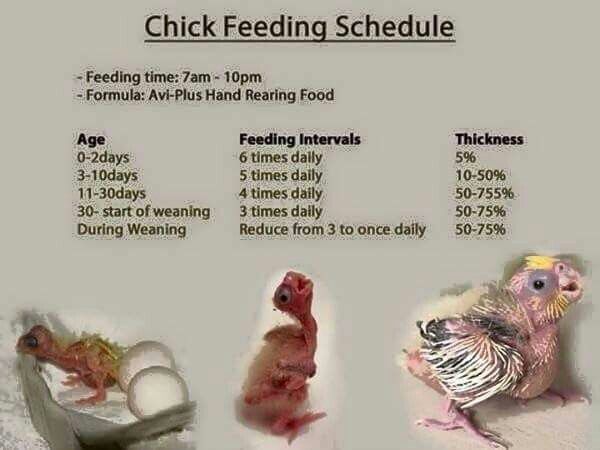
If you don't have room for a drinker in your brooder, ensure you place stones in the water dish so chicks cannot sit in it or drown. Remove the wet litter around the drinker often and monitor chicks carefully to ensure they do not fall into the water and become wet and cold.
7. Treats, scraps and grit – What not to feed baby chicks
The simple answer to the question of ‘What do baby chicks eat?’ is everything. Chicks eat grains, seeds, pulses, fruit and vegetable scraps and treats like bread and mealworms. Baby chicks even eat egg and meat. But just because chicks eat these things, doesn’t mean that they are good for them.
Baby chicks raised by a mother hen will start eating “treats” within a few days of hatching. However, this does not necessarily mean that we should do the same when raising chicks in a brooder.
If your chicks have a complete starter feed, anything that isn’t this feed is a treat. This includes scraps, forage and other grains.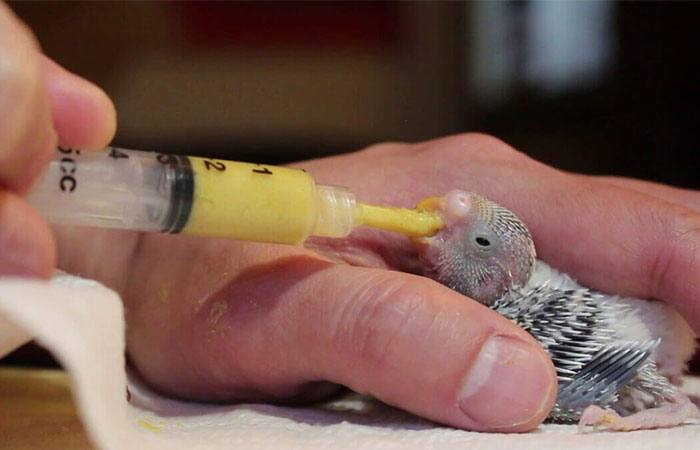
Why you shouldn’t give chicks treats for at least a month:
- While they are still learning to recognize their feed, giving chicks treats confuses them
- Young chicks don’t eat a lot, so even a seemingly tiny treat can have a big impact on nutrition
- Chicks need to consume as much nutritionally-balanced chick starter as possible in order to thrive
- Once chicks begin eating anything other than chick starter, they need grit. Oyster shell grit is dangerous for chicks and many common seashell grits are too large for very small chicks. New chicks may even fill up on grit instead of feed!
When your chicks are ready for a more varied diet, follow these simple rules for feeding treats to chicks:
- Ensure your chicks have access to a suitable source of grit
- Choose soft treats – fruit or cooked veggies are a great starting point
- Avoid unhealthy treats like processed carbohydrates, e.g. bread, and anything high in sugar or fat
- Do not feed more treats than can be eaten in a few minutes
- Pick up any uneaten treats straight away
8.
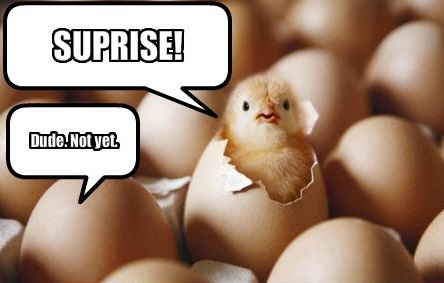 Preventing deficiencies
Preventing deficienciesChicks need a nutritionally-balanced diet and a complete range of vitamins and minerals to grow and thrive.
Although a quality chick starter provides a complete, balanced diet, adding a low-dose vitamin and mineral supplement provides extra insurance against deficiency.
Dine a Chook Mega Mineral is a bio-available vitamin and mineral supplement designed for daily use. Start your chicks off right with Mega Mineral to provide that little bit extra and prevent diet-related illnesses.
9. Deficiencies in chicks – symptoms and treatment
Nutritionally deficiencies can develop very quickly in baby chicks if their diet is not correct. Fortunately deficiencies are rare except where chicks are being fed a poorly-balanced, homemade diet. This is why we recommended feeding baby chicks a complete chick starter feed.
The most commonly recognizable deficiencies in chicks are vitamin E deficiency, also known as crazy chick disease, and vitamin B1 deficiency.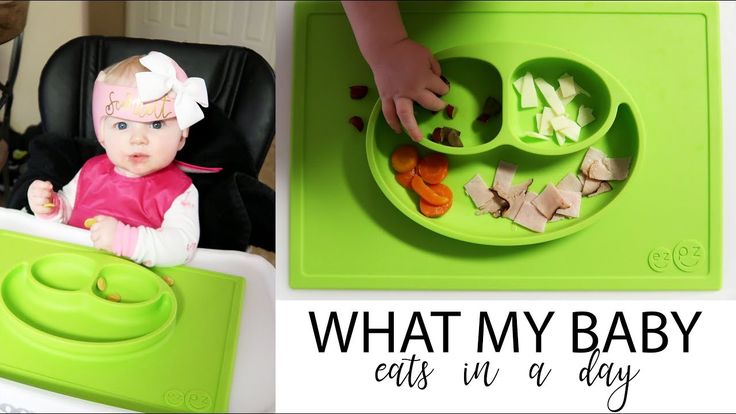 Both deficiencies can be fatal and are best treated with a vitamin and mineral supplement as soon as they are recognized.
Both deficiencies can be fatal and are best treated with a vitamin and mineral supplement as soon as they are recognized.
| Vitamin E deficiency (Crazy chick disease) | Vitamin B1 deficiency |
|
Usually within the first month of hatching
Chicks are unable to walk and their head may twist sideways, over their back or down Even when treated, chicks can be left with a permanent head tilt |
Usually within a week of hatching
Chicks are unable to stand and their head is tilted up to the sky Chicks usually recover rapidly with treatment |
10. Preventing disease in baby chicks
Babies of all species are more vulnerable to illness and disease, and baby chickens are no different.
Keeping the brooder clean and dry, and preventing the contamination of feed and water with faeces, will help keep your chicks safe from disease.
Adding Apple Cider Vinegar to the water has been shown to help prevent the spread of diseases, including coccidiosis.
Chicks that are raised without a mother hen often have a less robust immune system and are more susceptible to parasites. Using an avian-specific probiotic in their water helps develop a healthy gut flora which protects from parasites, including coccidiosis.
Learn more about raising baby chicks on the Dine a Chook blog:
- Creating a brooder box for baby chickens
- Introducing new chicks to the flock
- How to treat spraddle leg
- The best names for chickens
Happy chick keeping!
Rachael at Dine a Chook Australia
Types of Food Baby Chicks Can & Cannot Eat
1 December
Chickens are great companions.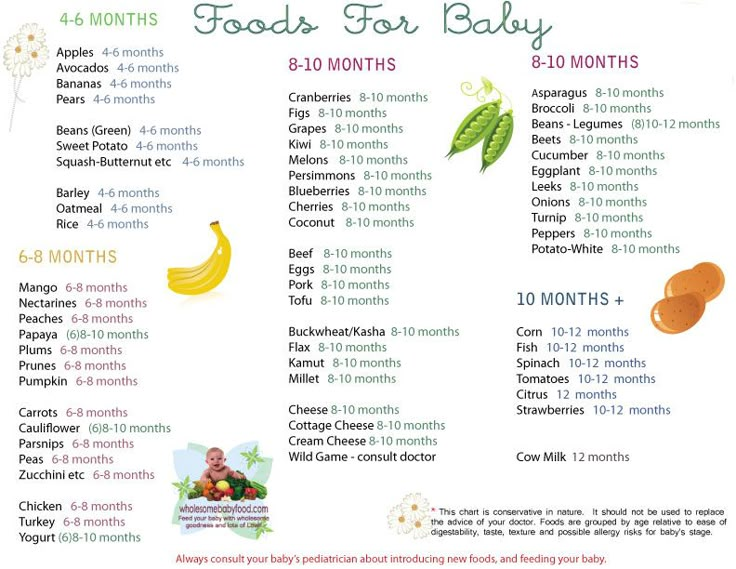 They provide fresh eggs, nutrients for your lawn and years of entertainment with their big personalities. Best of all, baby chicks are easy to feed, willing to finish almost any of your daily leftovers.
They provide fresh eggs, nutrients for your lawn and years of entertainment with their big personalities. Best of all, baby chicks are easy to feed, willing to finish almost any of your daily leftovers.
A baby chicks’ diet is extremely versatile, but there are some foods to rethink before throwing them into the coop. Here, we’ll outline the nutrient-dense foods baby chicks love and the leftovers to keep in your compost pile.
What Are the Essential Nutrients for Chickens?
Baby chicks require a more nutrient-dense diet than their adult counterparts. When feeding your baby chicks, ensure their feed has the following nutrients:
- Protein: After hatching, a chick’s diet should include approximately 18% to 20% protein. Protein builds chicks’ muscles, promoting strength and bone integrity during their crucial developmental stages. As baby chicks reach 19 weeks old, gradually taper their protein intake to about 16% of their diet.

- Vitamins: All poultry require fat- and water-soluble vitamins. Specifically, they require all vitamins except vitamin C, including vitamin A, D, E and K, niacin, folic acid, biotin, thiamine and riboflavin.
- Minerals: Minerals are equally important. Baby chicks require a diet with calcium, phosphorus, magnesium, iron and copper, among others.
- Grains: Most chicken feeds incorporate healthy grains, like corn, wheat and soybean meal. These grains act as sources of vitamins, oil and protein, which all poultry require for energy.
- Fats: Most of a chicken’s fat content comes from oils that contain linoleic acid, an important fatty acid. Fatty acids break down vitamins and minerals, allowing chickens to receive all of their benefits.
Baby chicks’ feed should provide at least 90% of their nutrition, with the remaining 10% from their pasture.
On top of their feed, poultry require a constant source of water. Chickens drink almost three times their weight in water. A good water-to-chicken ratio is one quart per four chickens.
A good water-to-chicken ratio is one quart per four chickens.
What Can Baby Chickens Eat?
Do you plan on feeding your baby chicks a homemade diet? Consider incorporating these nutrient-rich foods:
1. Worms
Chickens love worms! Worms naturally exist in a chicken’s environment, so it’s in their biological makeup to enjoy worms. Specifically, baby chicks can eat mealworms and red worms. Both are great sources of protein, but avoid feeding your baby chickens too many worms, or it may overwhelm their system.
2. Crickets
As with worms, baby chicks can eat crickets, and they often do in their natural environment. Crickets are high in protein, fat and carbs, making them an ideal snack, in moderation, for baby chicks.
3. Tomatoes
Baby chicks can eat tomatoes, but they can’t eat the plant, leaves or flowers as they contain poisonous solanine. Tomatoes themselves are full of essential vitamin K, folic acid, fiber, potassium and antioxidants.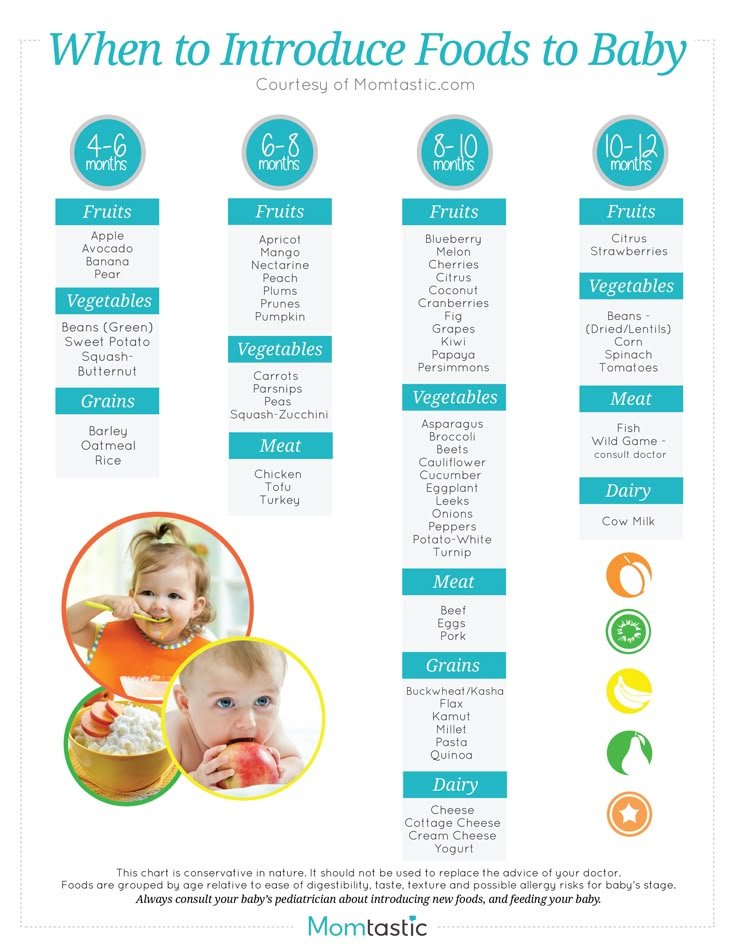 If you have a garden, toss any malformed tomatoes into your coop. Your chickens will be thankful!
If you have a garden, toss any malformed tomatoes into your coop. Your chickens will be thankful!
4. Oatmeal
Oats are considered a superfood, full of vitamins, minerals and some protein. Baby chicks can eat both raw oats and warm oatmeal every now and then. Adding birdseed and plain yogurt boosts oatmeal’s nutrients, too!
5. Strawberries
Baby chicks can eat fruit, and they especially love strawberries. Strawberries contain many vitamins and minerals, namely iron, copper, magnesium, Vitamin B and potassium. Also, strawberries are packed with other anti-inflammatory antioxidants that keep your baby chicks healthy.
6. Bananas
If you have any brown, spotty bananas, your baby chicks will gladly eat them for you! Baby chicks can eat bananas, but avoid feeding them any unripe bananas. Bananas are high in Vitamin B6 and pyridoxine and a good source of magnesium, copper and healthy carbs.
7. Apples
Baby chicks can eat apples, but you should chop them up and remove any seeds for easier consumption and digestion. Apple sauce is another good apple alternative for chick food. Apples are a good source of carbs and contain fiber, potassium and Vitamin K, too.
Apple sauce is another good apple alternative for chick food. Apples are a good source of carbs and contain fiber, potassium and Vitamin K, too.
8. Lettuce
When it comes to vegetables, baby chicks can eat lettuce, as well as kale, turnip greens and chard. Romaine lettuce is high in phosphorous, magnesium, potassium, vitamin K and folate, supplying your baby chick with almost all of the necessary minerals. Avoid iceberg lettuce, however, as it’s low in nutritional value and may cause diarrhea in your baby chickens.
9. Watermelons
Baby chicks can eat watermelons, but they should never consume watermelon rinds or seeds. Baby chicks may benefit from watermelon on hot summer days as an added source of hydration. Otherwise, it doesn’t offer many nutrients as chick food.
10. Grass
Adult hens typically peck through grass for insects and eat any smaller pieces of grass. Usually, day or week-old chicks won’t show much interest in eating grass. Some owners give their chicks the option, however, because it encourages foraging.
What Can’t Baby Chickens Eat?
Some of your groceries, however, are best left for your compost pile. Foods that baby chickens cannot eat include:
- Onions
- Chocolate
- Avocados
- Eggplant
- Peanuts
- Moldy Bread
- Rhubarb
- Pickles
All of these foods contain different toxins that make baby chicks, and all other poultry, feel sick — or even cause death in extreme cases. Most chickens instinctively avoid these toxic foods. If your baby chicks do consume these toxins and you notice illness symptoms, give them plenty of access to electrolytes and extra nutrients. Chickens heal themselves over time in less severe cases.
What Is the Best Food for Baby Chicks?
The best food you can give your baby chicks is organic chicken starter feed. The foods listed above are healthy for chicks — and you’re encouraged to recycle any leftovers — but they may receive too many or too little nutrients.
Organic chicken starter feed is packed with essential nutrients like:
- Organic carbs, including corn, soybean meal and wheat
- Organic soybean oil
- Calcium carbonate
- Zinc sulfate
- Copper sulfate
- Calcium iodate
- Vitamin D3
- Vitamin E
- Vitamin A
- Vitamin B12
- Riboflavin
- Folic acid
Opting for organic chicken starter feed over non-organic alternatives ensures your baby chicks receive non-medicated and non-GMO nutrients.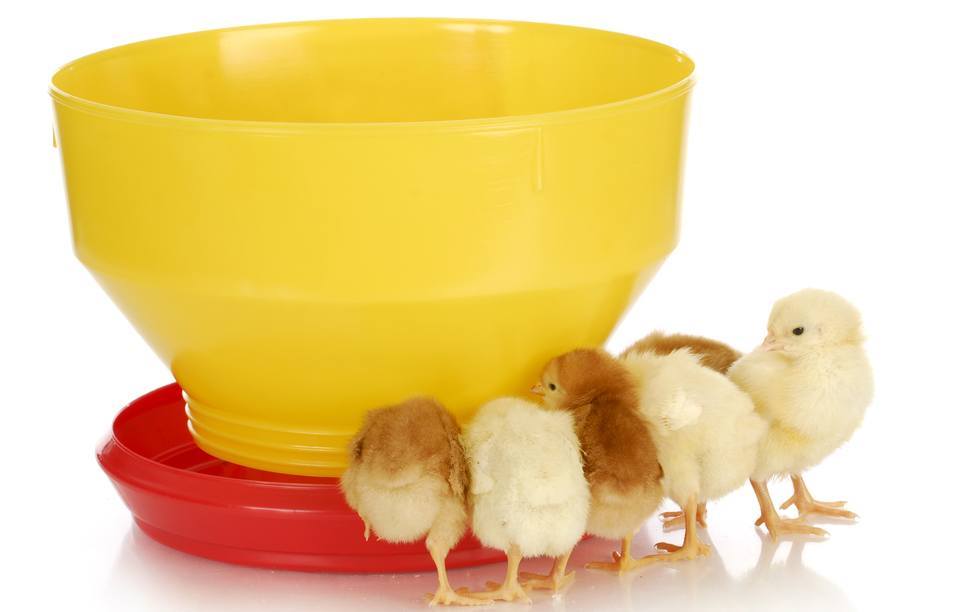 Natural feeds contain little to no cheap filler products, giving you more nutrients for your money and your chickens a healthier lifestyle.
Natural feeds contain little to no cheap filler products, giving you more nutrients for your money and your chickens a healthier lifestyle.
How Much Should You Feed Baby Chicks?
Baby chickens are good at eating what they need. Ensure your chicks have a constant supply of organic chicken starter feed and refill their supply as needed.
Because baby chicks and adult chickens require different amounts of nutrients, it’s best to separate them until the chicks are at least 2 months old. Plus, older chickens tend to be aggressive with smaller chicks, sometimes bullying them away from food. Keep an eye on every chick and make sure they’re all getting an equal share of chick food.
Shop Organic Chicken Starter Feed at Nature’s Best Organic Feeds
Kreamer Feed believed in organic food well before the grocery chains. Since 1998, we have been the leading certified organic feed manufacturer — best known for our brand, Nature’s Best Organic Feeds.
If you’re looking for the best feed for your baby chicks, choose our high-protein organic chick starter.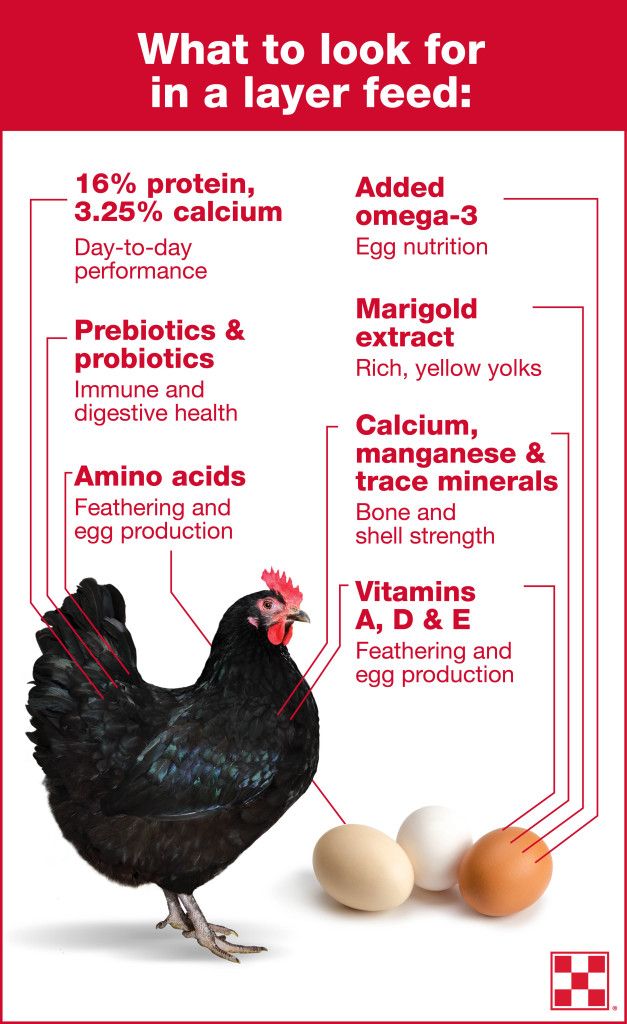 Our chicken feed is packed with essential nutrients, perfect for your growing backyard animals and baby chicks.
Our chicken feed is packed with essential nutrients, perfect for your growing backyard animals and baby chicks.
Learn more about our organic chicken starter feed online. You can find our products at your nearest Tractor Supply Co., which you can locate directly on our product page!
diet in the first days of life, chicken feed norms
| The diet of chickens, especially small ones, is different from the diet of adult chickens. Many breeders who raise chickens in the household are interested in how and what to feed the chicks so that they develop properly. For healthy growth, chickens require a balanced diet in sufficient quantities. The composition of the products depends on the direction and age of the chicks. | nine0009 |
Content:
- What does healthy chicks eat?
- General rules for formulating rations
- What to feed chickens?
- General rules for feeding
- Feed for chickens of various ages
- Feeding frequency
- Feeding Features
- Farmer's Councils
What does a healthy chicken diet consist of?
Sources of proteins, vitamins, micro and macro elements are products of plant and animal origin, as well as substances synthesized in the laboratory.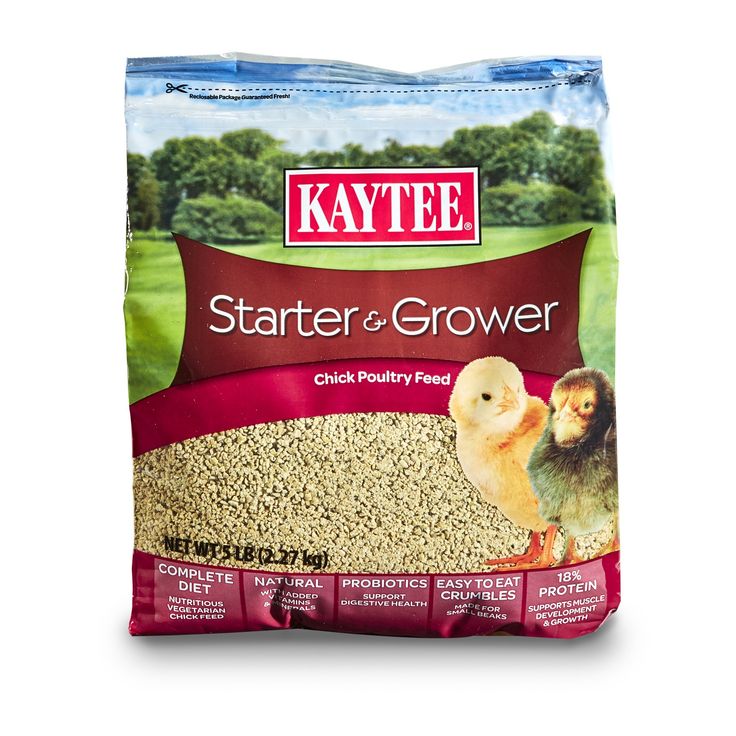 For the production of finished compositions in the factory, only high-quality proven raw materials are used. In feed for laying hens and broilers are introduced:
For the production of finished compositions in the factory, only high-quality proven raw materials are used. In feed for laying hens and broilers are introduced:
|
It is quite difficult to independently calculate the proportions and carefully mix the components without the appropriate equipment.
General dietary guidelines
The terms of growing meat breeds are 1.5-2 months, laying hens - up to six months. During this time, the bird should gain weight of 2.5-3 kg. To accelerate the growth of muscle mass in broilers, it is recommended to use specialized feed. It fully meets the needs of the bird in proteins, fats, carbohydrates, vitamins and minerals. The composition and consumption of feed should be appropriate for the age of the chicks.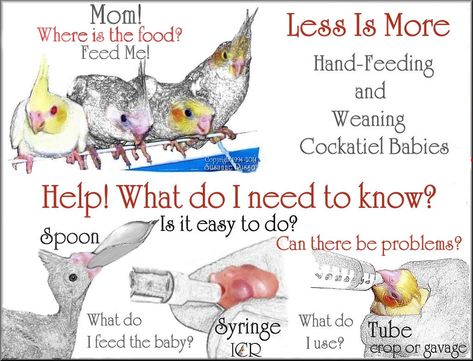 nine0013
nine0013
At 1-2 weeks of life, the foundation of the skeleton is laid in chickens, muscle mass increases at an average pace. At this time, it is necessary to introduce a sufficient amount of proteins, fiber, and mineral components into their diet.
In the growth phase, chickens are gaining weight intensively. They need as many amino acids and proteins as possible, which act as a building material for cells, as well as complex carbohydrates. The dose of vitamins and minerals received with food is increased. nine0013
At the finishing stage, the amount of carbohydrates is reduced so that the broilers gain more muscle mass, and not fat. At this stage, it is important to prevent weight loss. For these purposes, finishing compound feed is introduced into the diet.
What to feed chickens?
Cereals form the basis of the diet.
| Corn | One of the most useful and nutritious ingredients. Corn is the leader among grains in terms of protein content, while it contains less fiber than other cereals.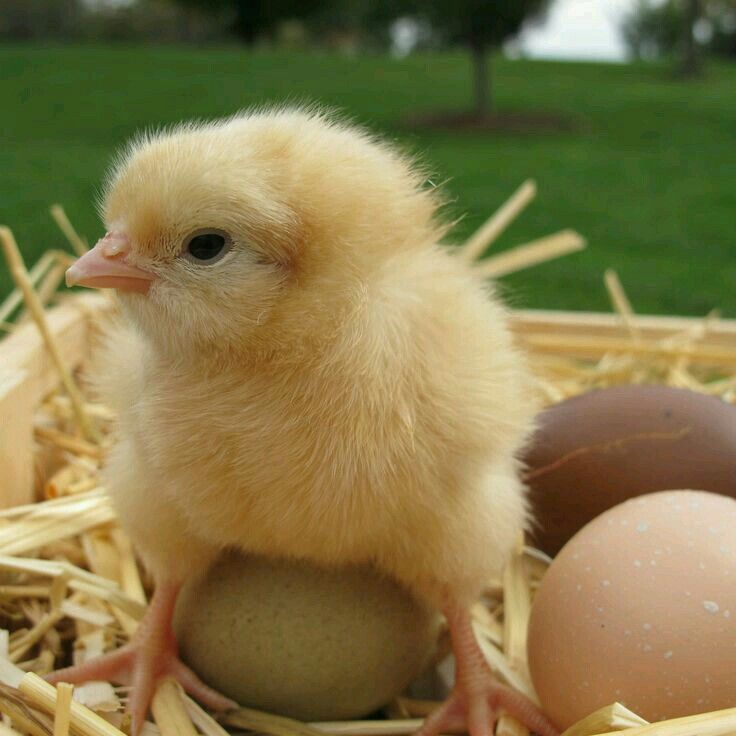 The product is easily digested and well absorbed. nine0006 The product is easily digested and well absorbed. nine0006 |
|---|---|
| oats | Source of many amino acids. It is considered a dietary product, but contains a lot of fiber. In large quantities, it causes blockage of the intestines, so its share in the composition of the feed does not exceed 20%. Oats are given in a purified form, completely removing the film from the grains. The size of the fraction depends on the age of the bird. Sifted oatmeal is usually added to prestarter formulations. |
| Wheat nine0087 | Contains a large amount of vitamin E, B. Feed wheat is usually used in bird feed. The percentage can be up to 30%. |
| Rye | It is a source of a number of useful proteins, but contains too much mucus, which negatively affects the digestive system of chickens. It is added to some feeds in small quantities. |
| Barley nine0087 | Practically not inferior to oats in useful properties, but also contains a lot of fiber.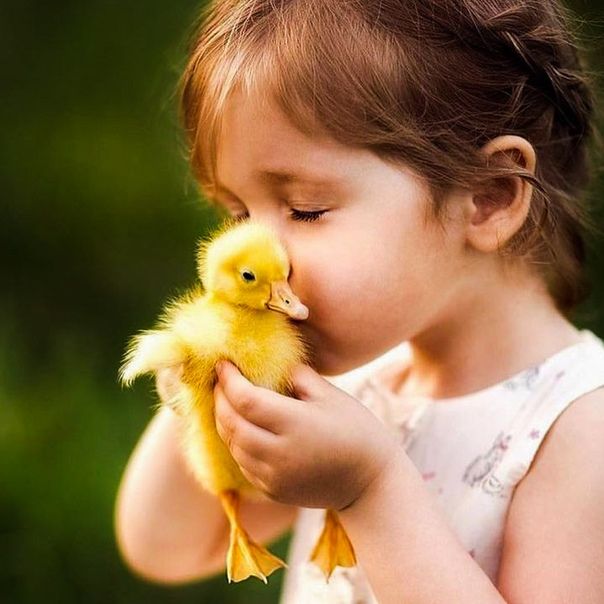 It is introduced into the composition only in a purified and sifted form. It is introduced into the composition only in a purified and sifted form. |
| Buckwheat | Despite the fact that the product contains components useful for poultry, it is rarely used. Basically, it is added to granulated feed, because. in loose form, chickens do not peck it. |
| Bran nine0087 | Products of processing grain crops are introduced to increase the caloric content of the diet. By themselves, they have no nutritional value, so they are rarely used. |
Peeled vegetables are used as succulent feed.
| Potato | Improves poultry digestion, promotes the absorption of nutrients. It is introduced in boiled dehydrated form. In the process of preparing food, it is unacceptable to use green potatoes, since poisonous solanine has formed in them. nine0006 |
|---|---|
| Beet | It normalizes the work of the intestines, prevents its blockage, provides the needs of chickens for vitamin B2, carotene, sugar. It can be given both fresh and boiled. The content of beets in the diet is about 15%. It can be given both fresh and boiled. The content of beets in the diet is about 15%. |
| Pumpkin | It contains a lot of vitamins and microelements. The product is added in an amount not exceeding 15% of the total volume. nine0006 |
Protein components provide the daily requirement for amino acids. Protein sources are also rich in vitamins and minerals. They can be of plant and animal origin. Amino acids are well absorbed by the body. Animal proteins are obtained from various types of flour:
- fish. This product makes up to 8% of the diet, but is not used in broiler feed so that the meat does not have a specific smell; nine0016
- bone. In terms of the amount of proteins, it is not inferior to cereals, and at the same time it is rich in fats (11%) and vitamins A and E. It is given to chickens from a month old;
- blood. The product is rich in essential amino acids, but in high concentrations it provokes indigestion.
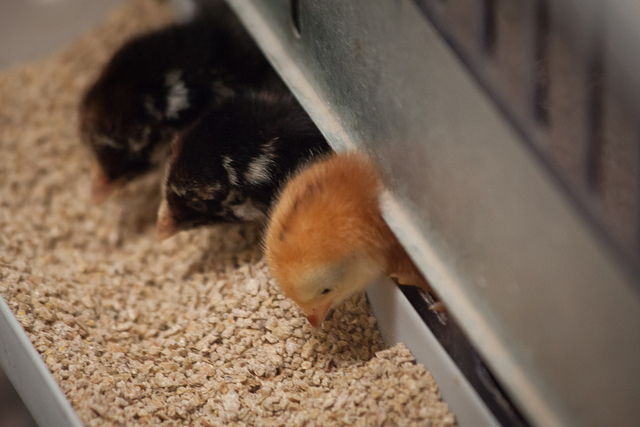 Its share in the diet should not exceed 4%;
Its share in the diet should not exceed 4%; - pen. This component is used as an available source of protein to balance the feed composition. It is added in small amounts (up to 2%). nine0016
Dairy products are also a source of well-digestible animal protein: cottage cheese or whey. Their inclusion in feed mixtures for laying hens increases the egg production and fertility of chickens.
Legumes are richest in vegetable proteins:
- soy in terms of percentage and qualitative composition of proteins and amino acids is practically not inferior to products of animal origin, it also contains vitamins and minerals; nine0016
- peas also provide protein requirements for poultry, although to a lesser extent; chickens do not eat it well because of the specific smell and taste, therefore, no more than 10% is introduced into the feed;
- soybean and sunflower meal and cake are an inexpensive, highly digestible source of amino acids. In compositions for adult chickens, their share is 15-17%, for chickens and young animals - 10%.

General feeding rules
| nine0005 Each individual should consume approximately 15-30 g of food per day: how much depends on the breed, weight of the chicks, and the intensity of their development. In general, the amount of feed each time should be such that the young hens will eat it in 30 or 40 minutes. The remains must be removed from the feeders so as not to deteriorate, and the feeders themselves must be washed and dried. |
If the chicks do not eat the feed given to them often, then its rate should be reduced. If, on the contrary, the food is eaten quickly, then it is desirable to increase its volume. nine0013
Feed for chickens of various ages
| PC-2 | Designed for chicks under 7 weeks old. It is produced in the form of finely ground grains, designed for an insufficiently unformed digestive system, easily digestible, contains all the useful trace elements.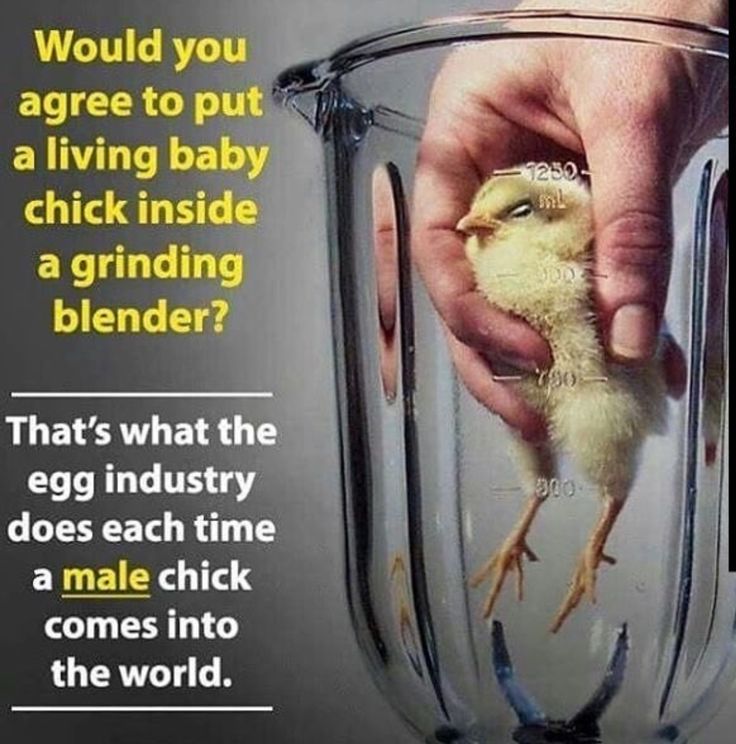 |
|---|---|
| PC-3 | Balanced mix for young animals 8-20 weeks old. Promotes rapid growth and proper formation of the reproductive system. It is produced in the form of grains with medium-sized fractions. nine0006 |
| PC-5 | Designed for broiler chickens from 2 weeks to 1 month of age. It consists of a complex of easily digestible components that stimulate a set of muscle mass. |
| PC-6 | It has similar characteristics, but is designed for broilers older than a month. |
All types of feed can be divided into three groups: nine0013
| carbohydrate | Protein | Vitamin |
|---|---|---|
Promote accelerated growth and muscle mass gain. Their composition is dominated by cereals and vegetables. Chickens digest foods high in carbohydrates well, which cause a slowdown in metabolism and rapid weight gain. Such feeds are designed for broilers and increase the average carcass weight. | nine0005 Such compound feeds are developed mainly for laying hens. A large amount of protein increases the productivity of the bird, improves the palatability of the eggs, and makes the shell stronger. Strengthen the immune system, help to survive the winter period. Usually produced in the form of concentrates, which enrich the main diet. |
According to the form of release, the compositions are of 2 types.
| nine0012 Loose ones consist of fine-grained components. The disadvantage of such compositions is that they are worse absorbed. The chicken chooses tasty crumbs from the feed, and the less appetizing ingredients are thrown away. As a result, the bird receives less nutrients. In addition, a lot of dust remains in the feeder. However, it is impossible to completely abandon loose compositions. Chickens in the first weeks of life are not able to swallow and digest large granules, therefore they can peck only small grains. |
Expanded feed is produced by short-term heat treatment under high pressure. Nutrient mixtures are in the form of granules and contain liquid components in their composition. The advantages of expanded compositions include:
However, when heated, some of the vitamins are destroyed. |
Feeding frequency
The first time chickens are fed on the same day they are born. Then, until the age of 7 days, the chicks of meat breeds are fed 6-8 times a day, from the 2nd week of life - 6 times, from the 3rd - 4 times a day, by the age of one month, chickens are fed three times a day. Chicks of egg breeds up to 1.5 weeks are fed 5-6 times a day, and by the month they are gradually transferred to 3 meals a day. nine0013
Chicks of egg breeds up to 1.5 weeks are fed 5-6 times a day, and by the month they are gradually transferred to 3 meals a day. nine0013
When choosing a mixture, it is recommended to give preference to complete formulations. However, if the breeder has enough of his own food, you can limit yourself to concentrated additives to enrich it. Such compositions are marked with the QC marking. Concentrates for meat and egg-bearing breeds solve different problems:
| for broilers | for laying hens |
|---|---|
|
|
It is unacceptable to use concentrates as the main feed, since an excess of nutrients is no less harmful than their deficiency.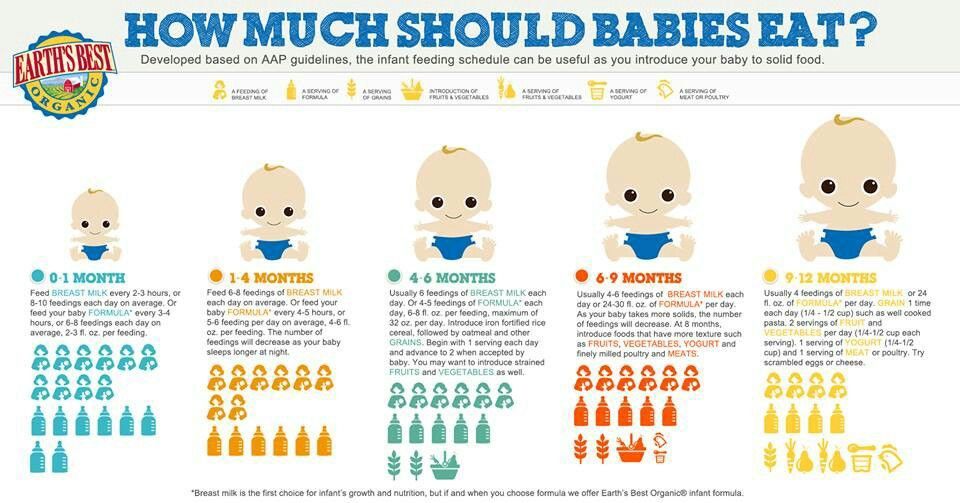 BVMB is introduced into the composition of the mash, taking into account the age of the chickens.
BVMB is introduced into the composition of the mash, taking into account the age of the chickens.
Feeding Features
| 1st day of life | Feeding of chickens of egg breeds begins immediately after they dry out. The first food for newborn chickens should be a hard-boiled egg. It is cut as small as possible so that the chicks can swallow small crumbs and roll it in semolina to prevent pieces from sticking to the paws and fluff. In the brooder where they are, they put a drinker with clean, boiled and cooled water. Newly hatched chicks are also fed boiled eggs under the brood hen. nine0006 |
|---|---|
| 2nd day | On the 2nd day, the chicks are already given a mash of eggs and homemade low-fat fresh cottage cheese (the ratio of ingredients is 1 to 1). The formula for feeding day-old chicks should be fresh and fed every 3 hours. |
| 1 Week | From the 3rd day, chickens are fed with a more varied mixture of cottage cheese, boiled eggs, crumbly porridge from corn, oat or wheat chips (the share of cereals should be 65%).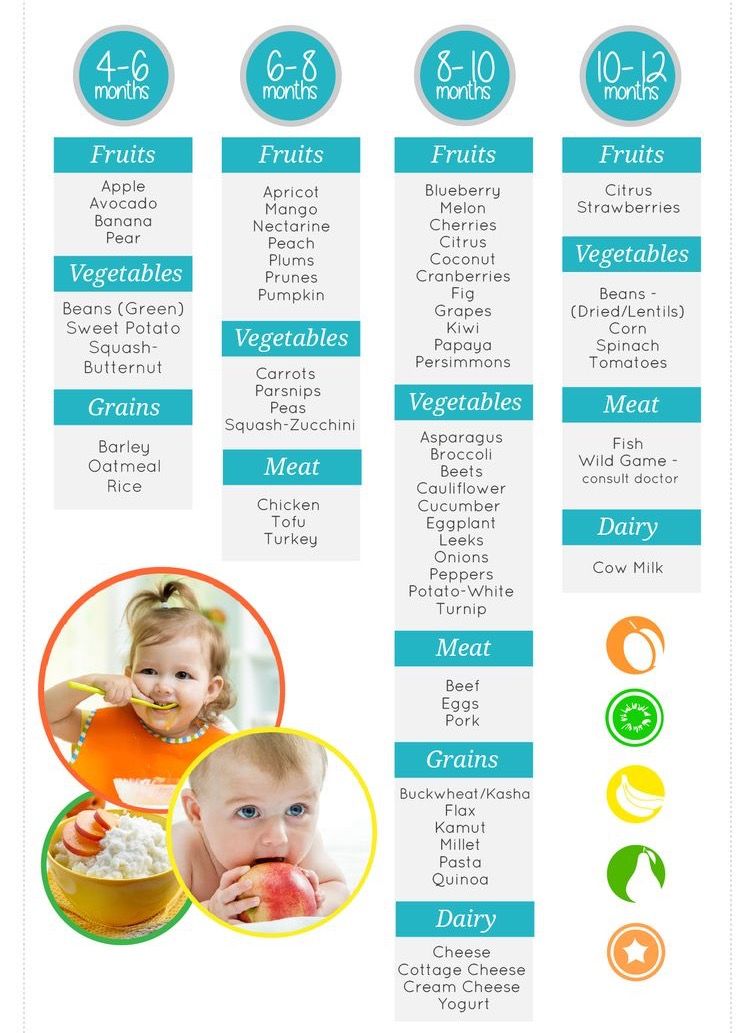 Finely chopped greens and boiled red carrots grated on a fine grater are added to them. You can give germinated grain or grass flour at the rate of 2-3 g per chicken per day. More than 5 g of such flour cannot be fed due to the high content of fiber in it. Separately, a little skimmed milk or yogurt is poured into the container; it is better not to add them to the mixers. Twice a week, a few crystals of potassium permanganate are added to the water so that it becomes slightly pink. Keep it in drinkers for no more than 0.5 hours, and then replace it with clean water. This protects chickens from stomach diseases. You can feed the chicks with special industrial compound feed for chickens from the first days of life. It is made up of products that are easily absorbed by the body of small chickens and fully satisfy all their needs. nine0006 Finely chopped greens and boiled red carrots grated on a fine grater are added to them. You can give germinated grain or grass flour at the rate of 2-3 g per chicken per day. More than 5 g of such flour cannot be fed due to the high content of fiber in it. Separately, a little skimmed milk or yogurt is poured into the container; it is better not to add them to the mixers. Twice a week, a few crystals of potassium permanganate are added to the water so that it becomes slightly pink. Keep it in drinkers for no more than 0.5 hours, and then replace it with clean water. This protects chickens from stomach diseases. You can feed the chicks with special industrial compound feed for chickens from the first days of life. It is made up of products that are easily absorbed by the body of small chickens and fully satisfy all their needs. nine0006 |
| 2-4 weeks | From 1.5 weeks of life, a little sunflower or soybean meal (3-4% of the total food volume), chalk or shells, bone meal (5-7% of the feed amount or 2-3 g per 1 chick).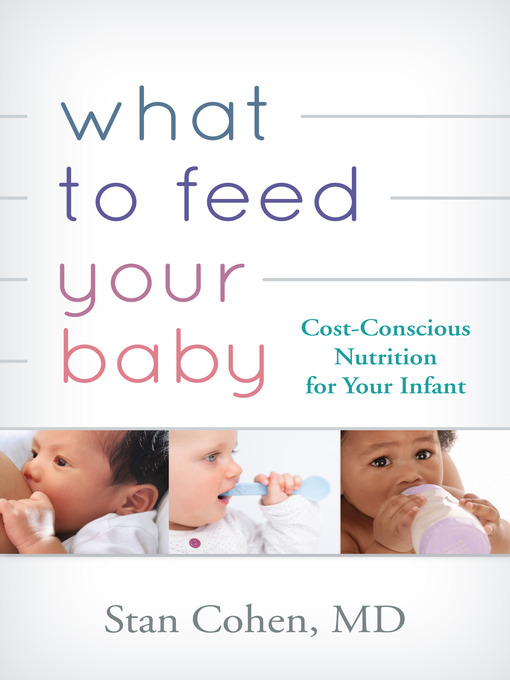 Particles of top dressing should not be more than 1-2 mm. Very fine gravel or sand washed in water is placed in a separate container. After 10 days, eggs are removed from the diet, but other components are introduced, for example, root crops (boiled potatoes, etc.). Salt, rice, rye, wheat bran (up to 10%), herbal flour (6-10%) are introduced into the menu of two-week-old chickens. From 3 weeks old, chicks gradually begin to accustom themselves to whole grains. nine0006 Particles of top dressing should not be more than 1-2 mm. Very fine gravel or sand washed in water is placed in a separate container. After 10 days, eggs are removed from the diet, but other components are introduced, for example, root crops (boiled potatoes, etc.). Salt, rice, rye, wheat bran (up to 10%), herbal flour (6-10%) are introduced into the menu of two-week-old chickens. From 3 weeks old, chicks gradually begin to accustom themselves to whole grains. nine0006 |
| 1 month | At this age, the young are already quite strong, they can spend time walking, where they independently find greenery, seeds of various plants, worms and beetles. If the birds are in a closed aviary and cannot pluck the grass, then they need to be given it along with grain and vegetables. In general, the share of green grass in the diet of one-month-old young animals should be about 1/3 part, no less. Grain can be given both ground and whole: the birds are already able to peck it.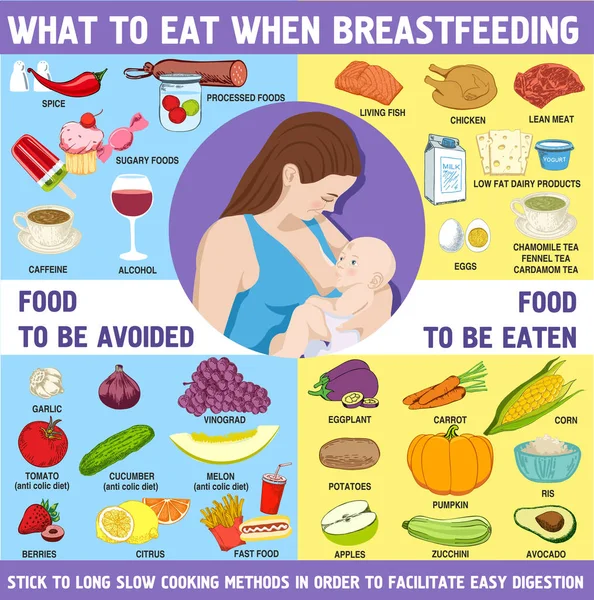 It can be anything: wheat, barley, corn, oats, etc. At this age, legumes can also be fed: peas, chickpeas, small beans, etc. In addition to grain products, you can feed root crops, fresh or boiled, to monthly chickens, vegetables from the garden and their tops, kitchen waste of both plant and animal origin, bran, meal and cake, compound feed. From mineral additives - bone and fish meal, chalk or lime, shell rock, salt. In addition to food, young animals should always have clean water in drinking bowls and pebbles that the bird needs for normal digestion. nine0006 It can be anything: wheat, barley, corn, oats, etc. At this age, legumes can also be fed: peas, chickpeas, small beans, etc. In addition to grain products, you can feed root crops, fresh or boiled, to monthly chickens, vegetables from the garden and their tops, kitchen waste of both plant and animal origin, bran, meal and cake, compound feed. From mineral additives - bone and fish meal, chalk or lime, shell rock, salt. In addition to food, young animals should always have clean water in drinking bowls and pebbles that the bird needs for normal digestion. nine0006 |
Chickens of meat breeds differ from egg breeds in that they need more complete proteins and vitamins, so their diet should be tailored to this feature. Therefore, it is necessary to give more protein feed, such as legumes (grains and green mass), meat and bone and fish meal, fresh kitchen waste. It should also be borne in mind that they eat more, so they need to be fed more often, especially in the first days of life.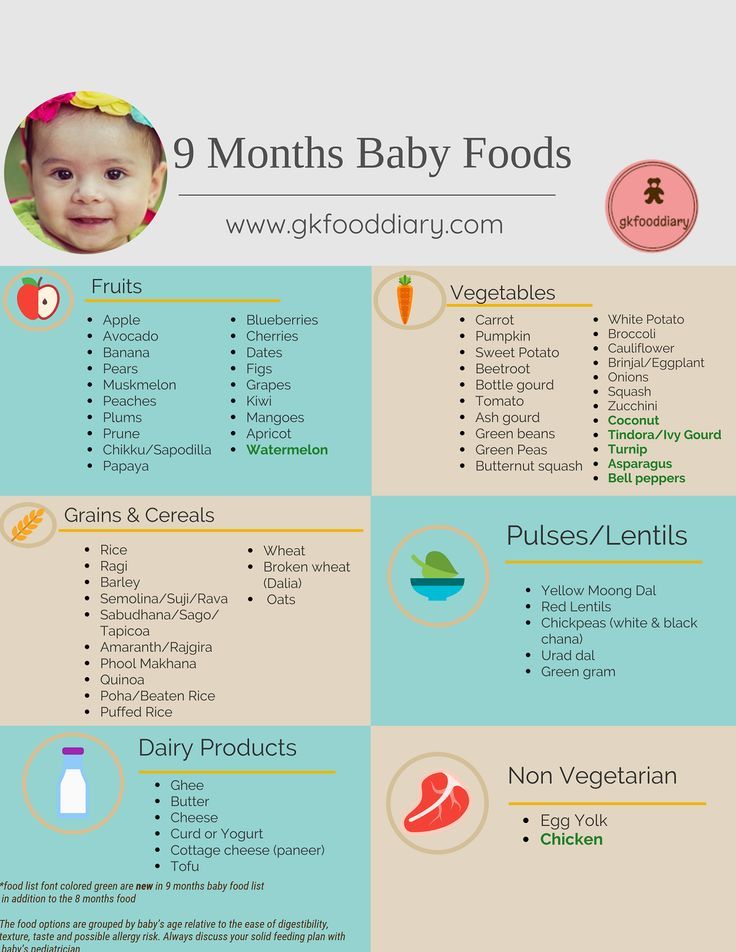
Farmer's councils
When changing nutrition, the sensitivity of chickens to changes in composition should be taken into account. For this reason, birds should be transferred to a different diet gradually, over 3-5 days, daily adding new food to the usual food, gradually increasing its amount.
There should always be fresh water in the drinker, in which a little potassium permanganate is diluted - so much so that the liquid does not turn pink.
It is advisable to mix common salt (up to 5 g per 1 kg of the mixture) and ground egg shells into the feed. nine0013
The main disadvantage of self-prepared mixtures is the fragility of their storage. In contrast, prepared feed can be left in the feeder for as long as the chicks need to saturate.
In our company, you purchase safe, certified mixtures with high nutritional value. Products exceed the requirements of GOSTs in quality. At your request, it is possible to develop an individual recipe for specific chicken breeds.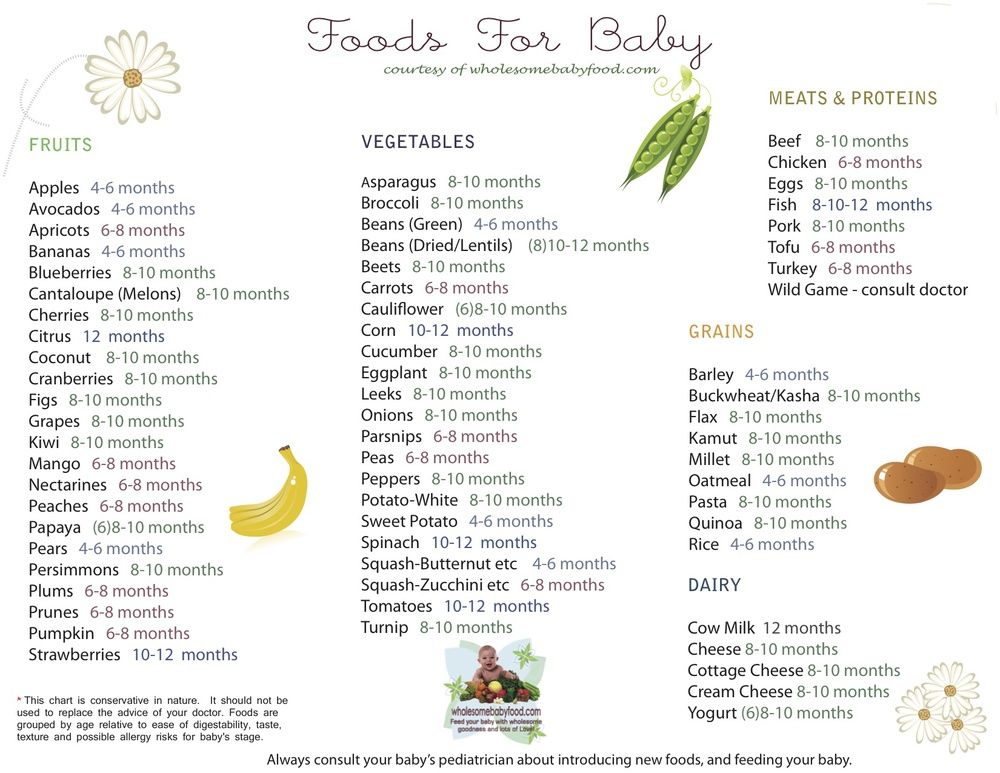 nine0013
nine0013
The MEGAMIX company cooperates with a network of dealers in Moscow and regions. You can clarify the terms of the order and delivery by phone +7 (8442) 97-97-97 or on our website.
Free consultation
Ask a question to a specialist or order a price list
Telephone
Comment
By leaving a request, you agree to the policy of processing personal data.
nine0012 09.11.2020Articles - Southern Crown
No page found with this URL
404
Please check the URL and try again.
You can return to the main page of the site.
Or see the site map.
- Compound feed
- Compound feed for birds
- For broiler chickens
- For quail nine0016
- For laying hens
- For ducks
- for turkeys
- Compound feed for pigs
- For piglets
- For fattening pigs
nine0015 Compound feed for herbivores - For rabbits
- For chinchillas
- Compound feed for birds
- Compound feed for cattle/MRS
- For calves/milk cows
- For goats/sheep
nine0015 Other feed - Feed mixture
- Raw material
- Premixes for birds
- For laying hens
- For breeding layers
- Premixes for pigs
- Premixes for herbivores
- Premixes for cattle
Benefits of our feeds
-
Precise balance of elements necessary for animal growth
-
Less feed consumption - ingredients are absorbed more intensively
-
Delicious food - stimulates the active appearance of appetite
-
Boosting immunity - animal mortality is reduced to a minimum
-
Only natural, pure and healthy raw materials
-
Animal weight gain is on average 5-15% higher than normal
Authorization
E-mail:
Wrong e-mail
Mandatory
Password
Wrong password
Mandatory
Authorization
You have successfully authorized on the site
Registration on the site
Email Mail (Login)
Filled E-mail
Filling the field is mandatory
Password
Password too simple
Filling
Repeat the password
passwords,
Filling up
Fio
Fio
FUL Name
Field is required
Phone
Invalid phone number
Field is required
By registering, I agree to the rules for the sale of goods and the user agreement
Security code
Password recovery
TODO: Feedback form
in footer.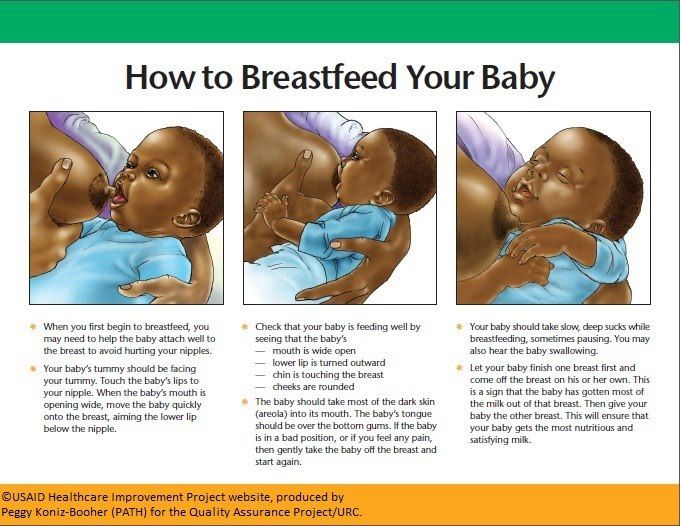

 For broilers, loose compound feed can be introduced into the diet from the first days of life, and for laying hens - from the second week. When using dry mixes, it is important to provide the hens with sufficient drinking water. nine0013
For broilers, loose compound feed can be introduced into the diet from the first days of life, and for laying hens - from the second week. When using dry mixes, it is important to provide the hens with sufficient drinking water. nine0013 